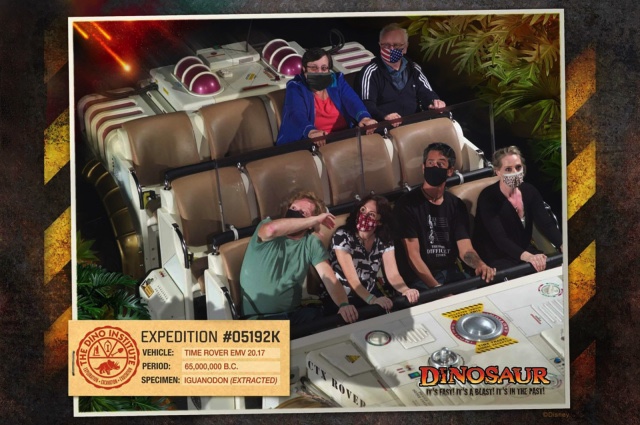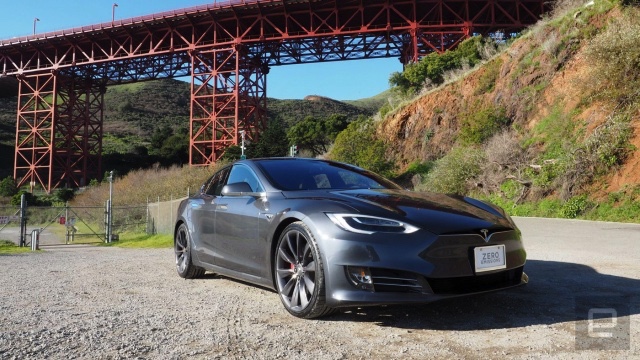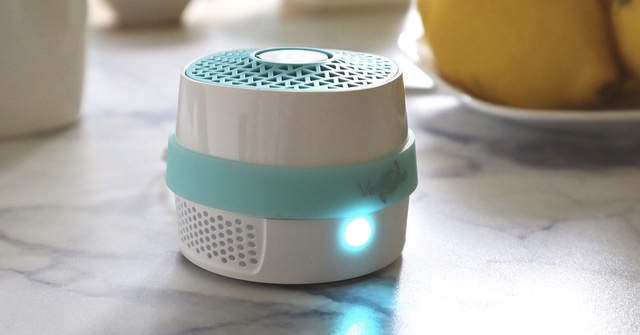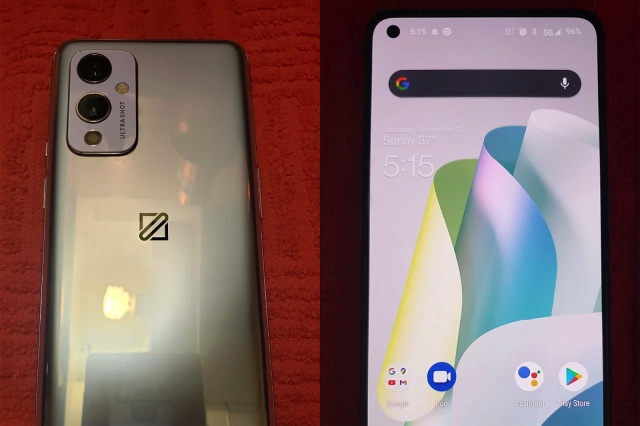| It's Monday, December 14, 2020. Without revealing all its secrets, Netflix has laid out how it uses AI to market shows and predict their success. We already knew that Netflix shuffles and redesigns its interface and show tiles, apparently on the fly, to hook more viewers. But it also uses AI to compare new shows to those its country-by-country viewership watched in the past and to tap into metadata and information on non-Netflix shows, too. The explanation is a little (well, very) dry, but the AI goes beyond Netflix's own data to hedge the company's bets, for less risk, more profit. If, for example, a drama is likely to fare well in Spain, Netflix could increase marketing in the region and prep dubs and subtitles earlier than usual. — Mat Smith The company has detailed the technology behind Portrait Light.Netflix wasn't the only one throwing explainers to the crowd over the weekend. Google's Portrait Light, which launched in September for the Pixel 4a 5G and Pixel 5, also uses AI smarts to boost lighting and tweak your photos. Now the company has explained exactly how it made the tool, including how it trained its machine learning models. Google apparently needed millions of portraits, with and without extra lighting from different directions. It used a spherical lighting rig with 64 cameras and 331 individually programmable LED light sources to capture the photos it needed, photographing 70 people with different skin tones, face shapes, genders, hairstyles and even clothing and accessories. Then it did this.
Continue reading. It was apparently an experiment to discourage risky behavior.
Disney has said it's stopped its recent practice of digitally placing masks on the faces of theme park guests who are uncovered in ride photos. Disney said it was a test "in response to guest requests," but it didn't explain why it began or stopped the practice. Guests recently noticed the practice for certain rides, including Dinosaur and Buzz Lightyear's Space Ranger Spin. Many believe the digital edits were meant to discourage riders from taking their masks off for the sake of a picture.
Continue reading. The high-end EVs just aren't in much demand.
CNBC has obtained an internal Tesla email revealing the automaker will shut down production for the Model S and Model X for 18 days between December 24th and January 11th. The company noted in a separate leaked email that demand for some of its cars was "quite a bit higher" than supply during the quarter, so there's clearly interest in the more affordable Model 3 and Model Y. Production of more affordable EVs outstripped the luxury vehicles a long time ago. Tesla delivered 15,200 Model S and X units in the third quarter of this year, out of a total of 139,300 cars. Another reason why demand might have shrunk for the pricier cars? The souped-up Plaid Model S — if you can afford to splurge on an upscale EV, you'd want the most powerful one, right?
Continue reading. Sponsored by StackCommerce
It's not the Pro model, but there are still upgrades.
PhoneArena has obtained what it says are leaked photos of the OnePlus 9 that shed more light on the device, including its specs. Most notably, the giant camera module on the back makes reference to "Ultrashot" technology. It's not clear if OnePlus plans a significant upgrade to its camera tech, but the giant lenses on the back suggest this isn't just a rehash of the OnePlus 8T's photo hardware. The software suggests the cameras might be 48-megapixel and 16-megapixel shooters. Continue reading. But wait, there's more...SpaceX posts a closer look at the Starship's 'landing flip' maneuver Recommended Reading: Behind the wheel of the 2021 Ford Bronco Sport First 'Cyberpunk 2077' update includes a fix for epilepsy triggers Solar System 'superhighway' could speed up space travel After Math: Sony is spending a billion bucks on Crunchyroll's anime service |